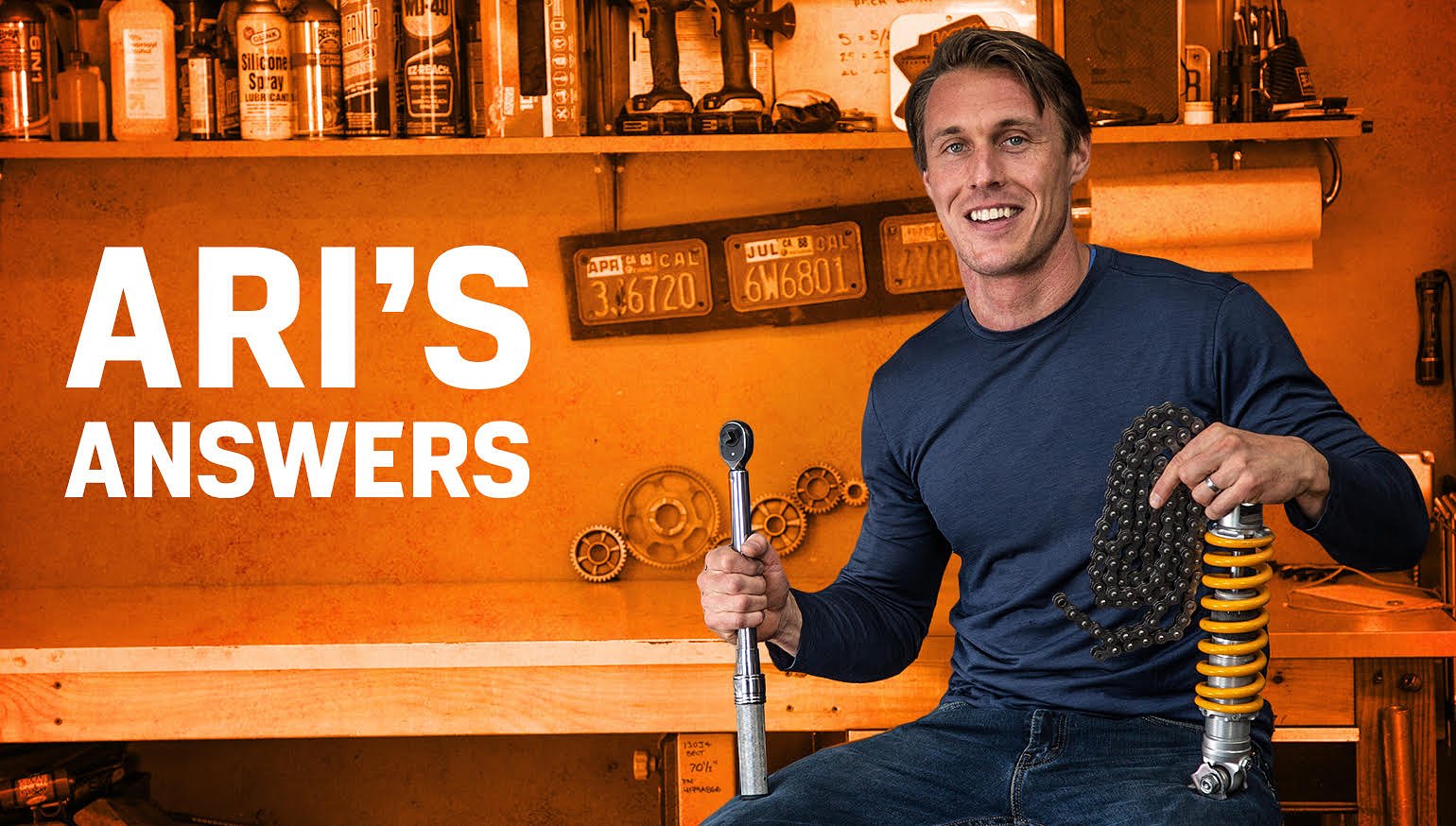Everyone loves to talk about horsepower and torque figures, but as much as we like going fast, there’s no denying that being able to slow down effectively is far more important. So in this latest installment of “Answers,” we’re putting a stop to your brake questions, again. For the previous batch of brake-related inquiries, click here.
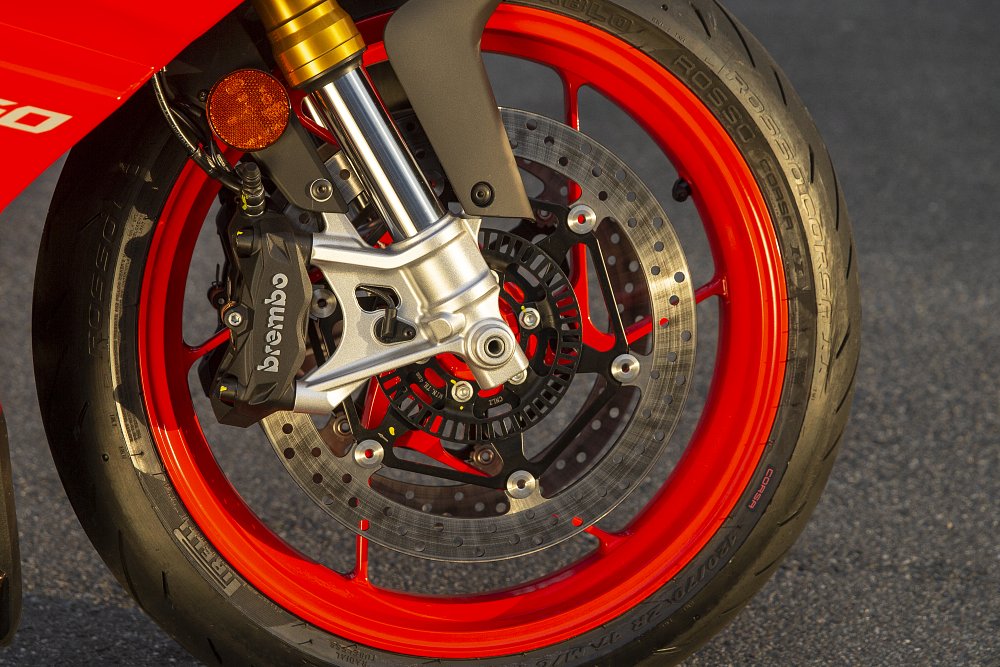
I have a problem on front brakes with my 2016 Versys 1000. I purchased it used with 10,000 miles and the front rotors were warped so the dealer installed new pads and rotors. Just 4,000 miles later they are pulsing again. I need some direction. — @dino schumacher
Since you’ve replaced the discs and pads and the problem reappeared, I wonder if the pistons in your calipers aren’t retracting properly. That would cause the brakes to drag and overheat and potentially transfer pad material to the rotors, which would create a pulsing sensation at the lever.
Try scouring your discs with 220-grit sandpaper and brake cleaner until the surface is evenly burnished and see if the problem goes away. If it does, then I suspect there’s an issue with the caliper pistons. They may be corroded or just encrusted in road crud that’s keeping them fully extended. You can pop the calipers off and clean the pistons and seals with soap and water and a toothbrush, but if the pistons are corroded then they’ll need to be replaced, along with the piston seals.
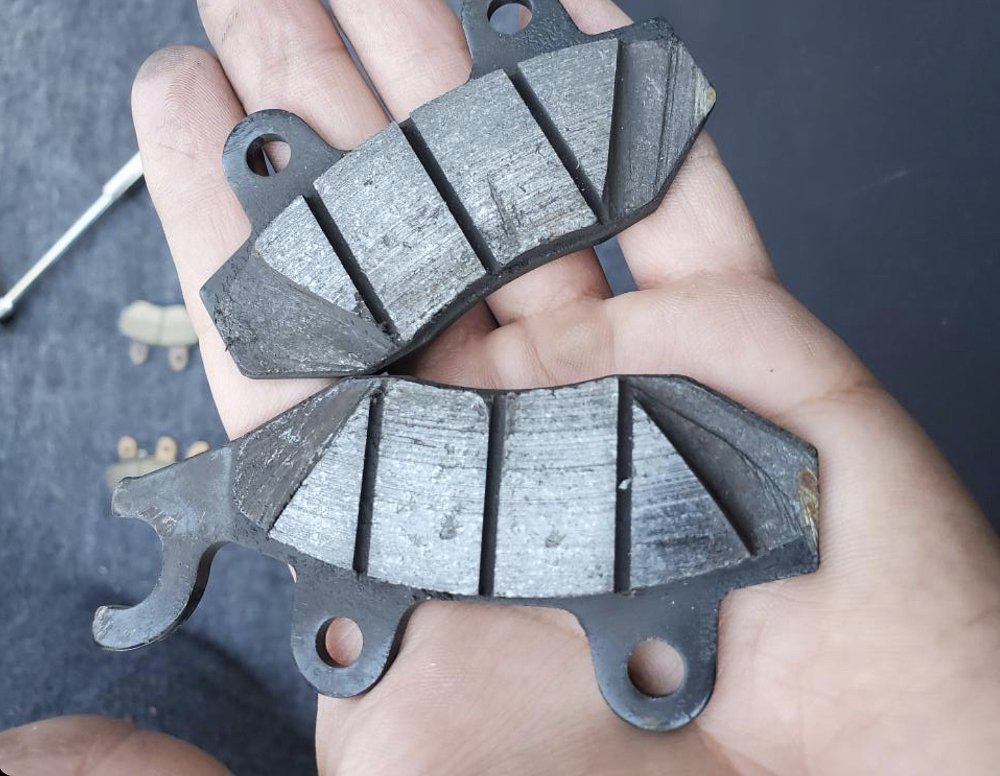
Any idea why my rear brake pads have this kind of uneven wear? — @alexs_george
I’m going to presume that a) those brake pads are out of a sport bike, and b) you’re not the original owner. That’s based on the fact that the “wear” you see is actually a modification common among roadracers and track-day riders.
It’s called pad beveling and it serves a few purposes. First, it makes rear-wheel changes easier since the beveling creates ramps for the disc to follow, so the wheel slips into position easier without you having to have perfect aim or spread the brake pads with a screwdriver. Second, it reduces the sensitivity and strength of the rear brake, enabling riders to use it to, say, trim speed and settle the chassis at corner entry, thwart wheelies, and of course come to a controlled stop when you run off track and traction is at a premium.
It looks like whoever beveled those pads used a hacksaw and did, ahem, a hack job. I prefer to use an angle grinder (while wearing a respirator, or course) or a hand file to evenly feather the pads back about 0.75 inches at the leading edge only.
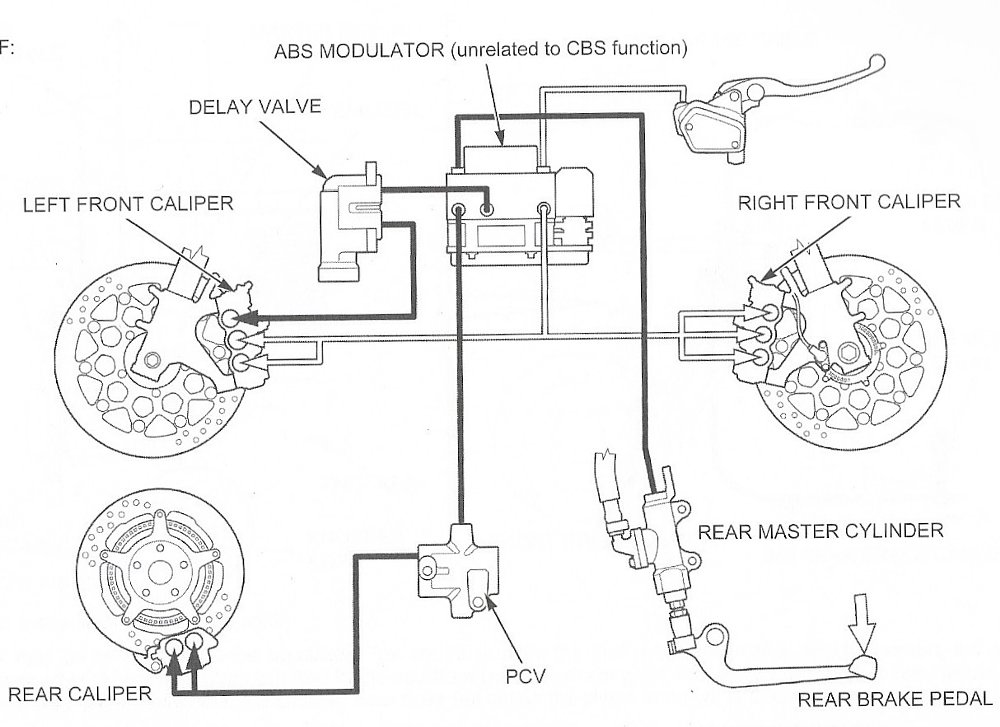
I have a 2000 VFR and I hate the linked brakes. Any idea what’s involved in removing the linked system? I’m guessing it’s probably a ton of work. — @darryl cox
Linked brakes (where separate pistons in the front caliper are activated when the rear brake is applied, and vice versa) were a popular feature in the early and mid-2000s, but like you Darryl, most riders found the function unnerving and distracting. The most offensive systems have a delay valve that introduces secondary brake pressure a moment after the primary system is pressurized. It makes precise braking almost impossible.
To eliminate the function you would have to bypass the proportioning valves with new brake lines, and unless you wanted a bunch of leftover hardware on your bike you’d want to remove the valves and associated plumbing and plug the ports (or remove the secondary pistons) in the calipers.
You could also source parts from a non-liked model, but any way you slice it it’s a big job that entails digging deep into the chassis. If your bike has ABS, it gets even more complicated, and I doubt there’s any way you can alter the system without ending up with a CEL or ABS light on the dash.
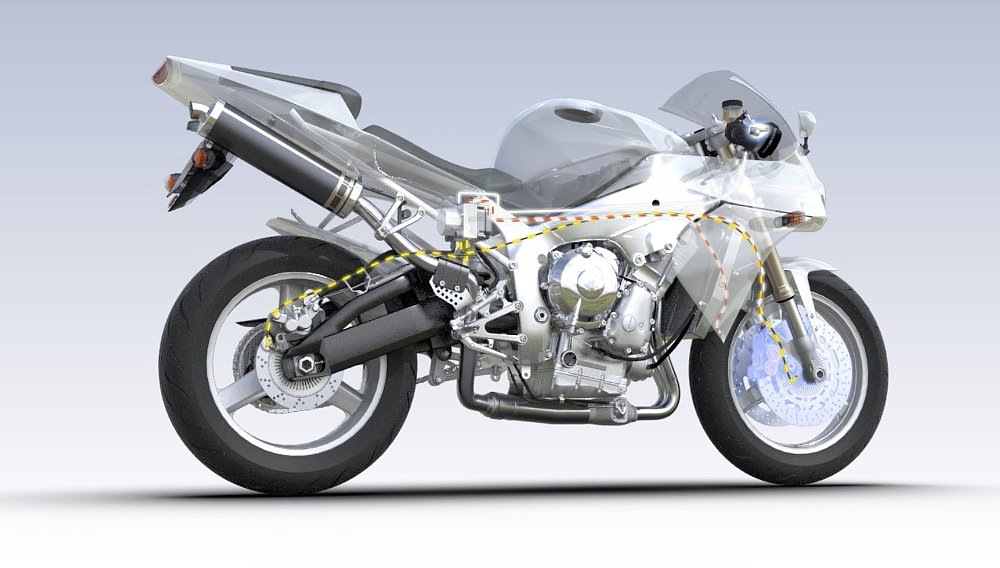
Greetings from Germany. Is there a difference between brakes with ABS and without ABS when it comes to changing the brake fluid? What do I have to look out for? — @J. R.
In a word, no. I polled a handful of manufacturers (Harley-Davidson, Honda, Kawasaki, Suzuki, and Ducati) about it in preparation for an episode of The Shop Manual on the same topic and only Harley specified a specific bleeding process for ABS bikes. All the other manufacturers recommended bleeding as normal, which makes sense given that the solenoid valves in the ABS module are open when the unit isn’t activated, so fluid (and air bubbles) passes right through the pump.
Harley requires owners to have brake bleeding performed by a dealer that will tap into the electronics and cycle the ABS pressure pump and solenoids. They say this is required due to the fact that the ABS module is higher than the calipers and air can get trapped at the high point and cause ineffective braking. When I brought this issue up to other techs they acknowledged that air within the pump itself could be difficult to purge, but it’s an unlikely enough scenario that they don’t think it’s necessary to make cycling the pump a requirement.
As far as things to look out for while bleeding, just make sure you don’t drain the fluid down in the brake reservoir and pull air into the system, since that will prolong the process significantly. Other than that, just make sure you wipe up any fluid drips, since glycol-based brake fluid (DOT 3, 4, and 5.1) is somewhat corrosive.

 Membership
Membership

